When I first checked on the tarantulas I noticed number three looking very pale, a blue/grey tint, and became concerned about possible dehydration. I checked the others and noticed Number4 was also very pale. Number1 was looking normal, and Number2 was deep in its burrow. As I looked closer at Number3 I noticed something blocking the entrance to its burrow, it was the exuvium. I also noticed Number4 siting atop its exuvium in its burrow entrance. Closer examination of Number2 showed it to be in its burrow on its back, preparing to molt. By 1140 Number2 had finally freed itself from its exuvium. Number2 remained on its back for about another hour before righting itself. By 1700 Number3 and Number4 were sitting outside their burrows preening. Number2 was still in its burrow.
All were healthy, and emerged from their molts safe and without harm. Upon examining each exuvium I was able to make a preliminary determination as to their genders. Do to the small size of each (~2" leg span pre-molt) I can not conclusively confirm gender. My initial thoughts, after examination, are Number2 male, Number3 female, Number4 male.
I used a Bausch & Lomb KD330 dissecting microscope with a 10x eyepiece and a 2x objective (20x magnification) to examine the exuvium and pinpoint the epigastric furrow; an area of ~1mm. In each image the prosoma is toward the top.
Bausch & Lomb KD330 Dissecting Microscope
Number2 Exuvium
Number3 Exuvium
Number4 post-molt (lighted with LED)
Number3 post-molt (lighted with natural light)






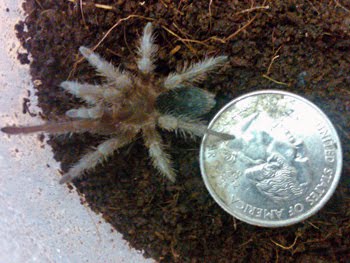
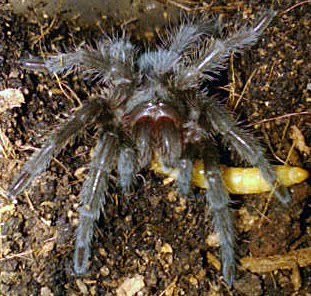
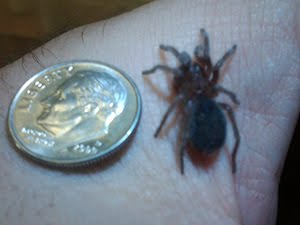
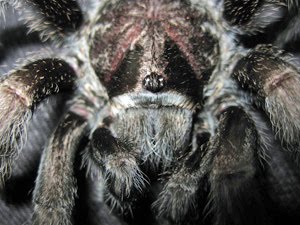
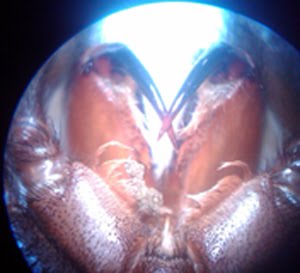

No comments:
Post a Comment
Let me know what you think of the work, make suggestions to improve the blog, or help build the profile for the species. Please keep comments clean and professional. Thank you for visiting.